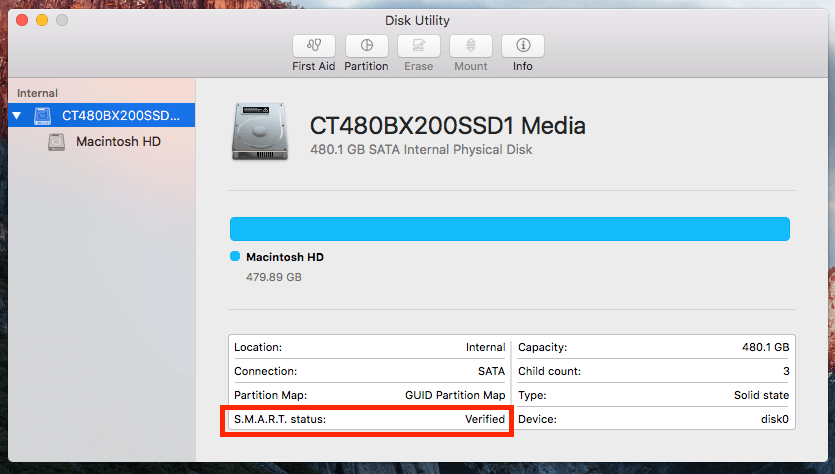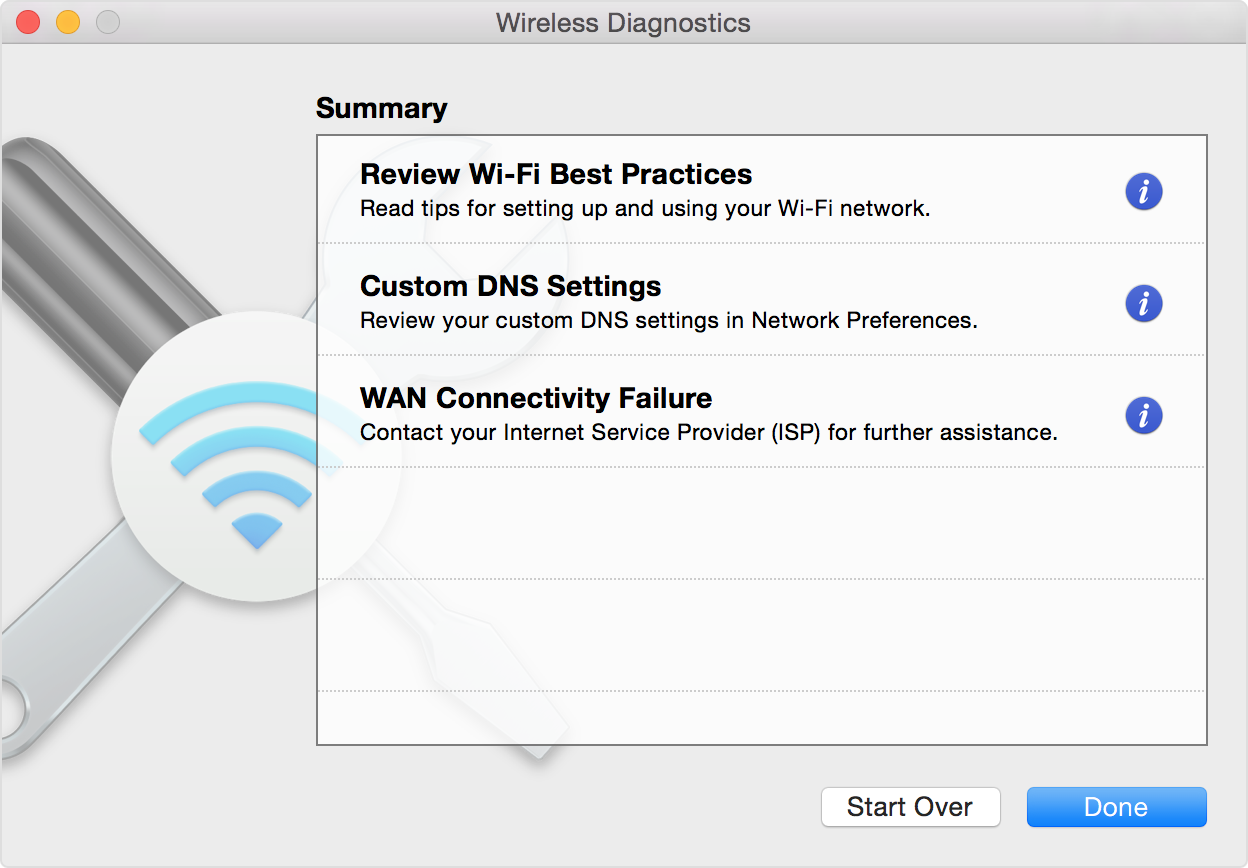Process Explorer. The first tool is one of those diagnostics apps you don’t realize you need until. On your Mac, choose Apple menu Restart, then press and hold the D key while your Mac restarts. Keep holding the D key until the screen listing different languages appears. Select a language. Apple Diagnostics starts automatically. When Apple Diagnostics is finished, it lists any problems it finds. (The reference code is for use by Apple Support.).
Home > Articles > Apple > Operating Systems
Diagnostic Utilities For Mac Computers

 ␡
␡- Data Rescue II
Editor's Note: Ryan Faas has updated this article for 2010. Be sure to also read The Top Mac Hard Drive Utilities, 2010 Edition.
Like this article? We recommend 

Like this article? We recommend
Like this article? We recommend
Applications Utilities On Mac
When it comes to diagnosing and resolving problems with their computers, most Mac users rely on Disk Utility and the tools that come with Mac OS X. Disk Utility can resolve a number of problems—such as damaged hard drive directory structures and permissions problems with Mac OS X’s system files. However, Disk Utility doesn’t provide overly extensive hard drive repair and management options and it doesn’t provide any data-recovery features. Also, the tools found in Mac OS X’s Utilities folder don’t include extensive diagnostic tools. The limited capabilities of the tools that ship with Mac OS X can be augmented with a number of utilities offering advanced disk management, diagnostic, and repair capabilities. The five tools profiled here each have own particular strengths, but they all offer much greater chances of diagnosing, recovering from, and preventing major hardware, hard drive, or operating system problems.
Data Rescue II
Prosoft’s Data Rescue II is a tool that is designed to do one thing, data recovery, and designed to do it extremely well. Data Rescue II is for situations in which you need to recover critical data that has either been deleted or is stored on a damaged drive. It can work with drives that are failing because of corrupted directory structures (the most common hard drive problem) or because of physical problems with the drive.
Unlike hard drive repair tools, which work by attempting to repair or rebuild corrupted directory structures, Data Rescue doesn’t make any modifications to a drive. This enables it to have a greater chance of recovering data from a drive than the process of actually trying to repair the drive. Repairing a corrupted hard drive can often be successful, but if it fails, it can also result in further data loss. Data Rescue’s read-only approach means that it often has a better chance of recovering data than other tools.
Data Rescue ships on bootable CDs for both Power PC and Intel Macs, and it provides both an easy-to-use guided interface and an expert interface for advanced users. When attempting to recover data, it can sort available files by type, making locating and recovering specific items easier. It can be used to clone the contents of a damaged drive during recovery or to allow you to select only the files you need. The one requirement to be aware of is that Data Rescue II will require a second hard drive or partition to recover data to—this is required for its hands-off recovery approach.
If you are looking for a tool simply to recover data, there is no better tool than Data Rescue II. In fact, the ability to recover data and then simply reformat a problem drive using Disk Utility could provide consumers with a complete disk toolkit solution. The fact that it also offers you the ability to recover deleted files is icing on the cake, particularly for support professionals who often get asked to perform this type of miracle.
Related Resources
Diagnostic Software For Mac
- Book $55.99
- eBook (Watermarked) $55.99
Diagnostic Utilities For Mac Os
- Web Edition $55.99
